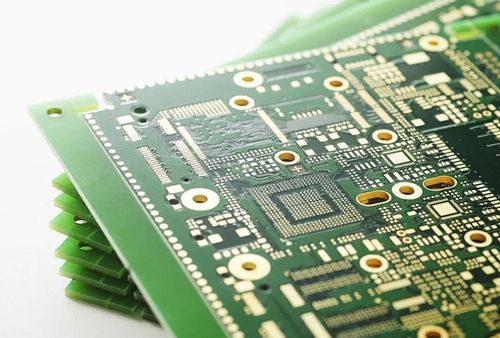

In electronics manufacturing, PCB boards are divided into 3 categories. These categories reflect the quality level of each circuit board type, from the lowest (Class 1 standard) to the highest (Class 3 standard). This classification system was developed and monitored by IPC under the IPC-6011 standard. Do you know the difference between IPC class 2 and IPC class 3 PCB?

IPC class 2 products are dedicated service electronic products, including communication equipment, complex industrial and commercial equipment, and high-performance, long-life measuring instruments. The IPC class 2 standard clarifies that such products should not malfunction under normal use conditions.
IPC class 3 products, namely high-performance electronic products, include highly reliable, long-life military and civilian equipment that can continue to operate. This type of product is absolutely not allowed to cause interruptions during use. At the same time, it is necessary ensure that the equipment start and operates reliably in harsh environments. For example, medical life-saving equipment and all military equipment systems.
The difference between IPC Class 2 and IPC Class 3 PCB:
1. Copper thickness:
IPC Class 2: Average copper thickness: 20μm; Min. copper thickness: 18μm.
IPC Class 3: Average copper thickness: 25μm; Min. copper thickness: 20μm.
2. Voids in the copper plating layer:
IPC Class 2: There is no more than 1 void in the hole; the number of holes containing voids does not exceed 5%; the length of the void does not exceed 5% of the hole length; the circularity of the void does not exceed 90%.
IPC Class 3: There is no void in the hole.
3. Plating voids in the finished coating layer
IPC Class 2: There are no more than 3 voids in the holes; the number of holes containing voids does not exceed 5%; the length of the voids does not exceed 5% of the hole length; the circularity of the voids does not exceed 90 degrees.
IPC Class 3: There is no more than 1 void in the hole; the number of holes containing voids does not exceed 5%; the length of the void does not exceed 5% of the hole length; the circularity of the void does not exceed 90 degrees.
4. General rules for surface plating
IPC Class 2: The exposed copper/plating overlap area is not larger than 1.25mm.
IPC Class 3: The exposed copper/plating overlap area is not larger than 0.8mm.
5. Etching logo
IPC Class 2: The line width of identifiable silkscreens can be reduced to 50%.
IPC Class 3: The line edges of silkscreens may appear slightly irregular.
6. Connection between the metal core and the copper of the hole wall
IPC Class 2: The separation at the interconnection should not be greater than 20% of the thickness of the metal core. If a copper-clad metal core is used, there should not be any separation in the copper interconnection portion.
IPC Class 3: No separation at interconnections.
HoYoGo is an international, professional and reliable PCB manufacturer with 2 PCB factory production bases. Our production strictly follows the high quality system and has passed ISO9001, ISO14001, ISO13485 and IATF16949 and C-UL-S (United States and Canada ) certifications. All products strictly follow the acceptance standards of IPC-A-600K and IPC-6012E.
